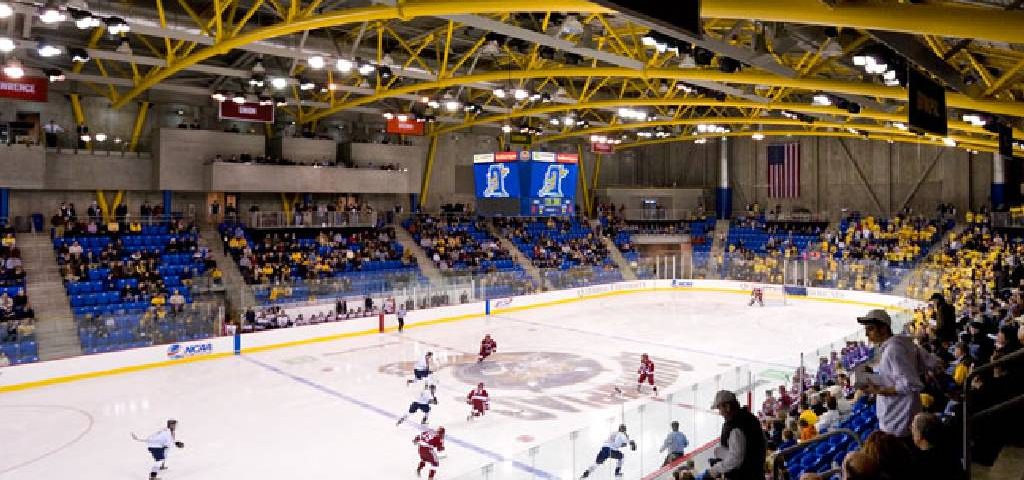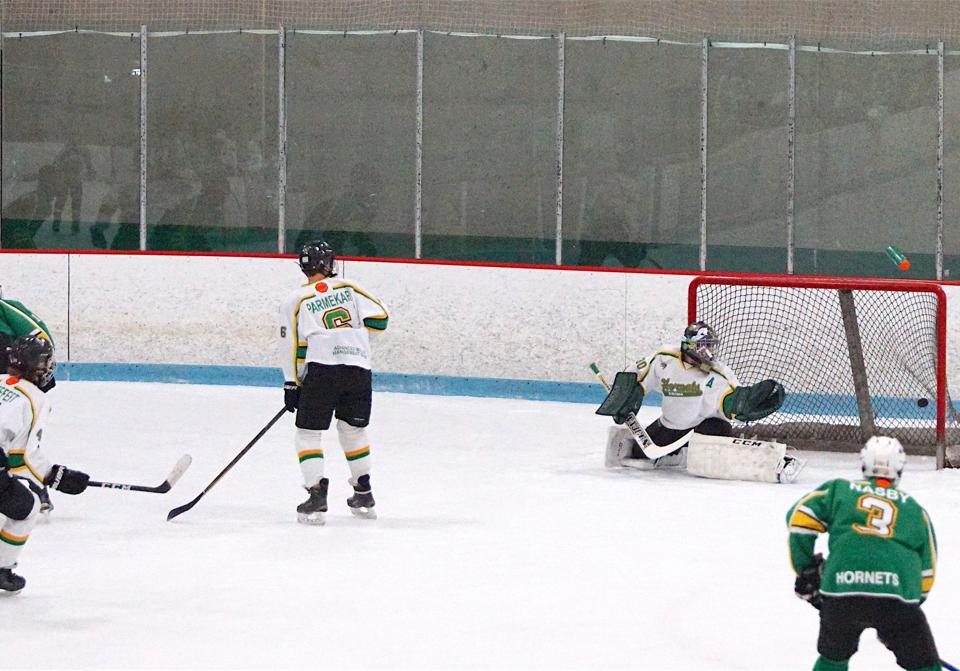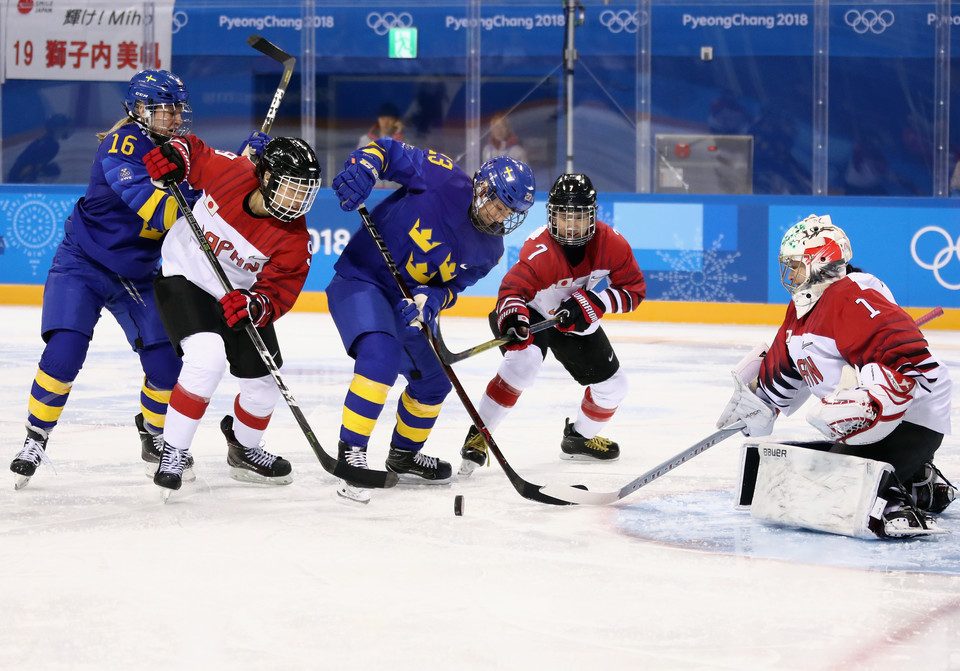Ice Hockey Stadiums: Seeing Them From An Architect’s Point Of View

The Birth Of Ice Hockey As We Know it
June 23, 2019
Useful Mental Hacks For Hockey Players
July 1, 2019Taking Inspiration From An Architect’s Point Of View
Every construction project demands the expertise of an architect, but some require more intelligence, craft, and skill than others. An ice hockey stadium is one of it. There are two fronts where clever use of architecture is needed. One is the apparent ice rink that ensures that players have a safe and excellent place to play. Two is the stadium itself where the audience, players, and staff members can seat, change, or work, as the case may be.
To understand what it takes to redesign and reconstruct an ice hockey stadium, we picked up a real-life example by one of the leading Architect firms in the sector. In this article, we explore the Ice Hockey Stadium in Bratislava, Slovakia.
Redesigning The Original Stadium In Bratislava
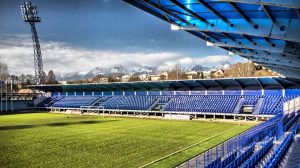 Back in 2011, Bratislava was hosting the Ice Hockey World Championship. To bring their stadium up to the mark, the stadium was extended and reconstructed so that it could meet the required service parameters and be capable of hosting other international sports too. Here are the steps they took to bring about a transformation:
Back in 2011, Bratislava was hosting the Ice Hockey World Championship. To bring their stadium up to the mark, the stadium was extended and reconstructed so that it could meet the required service parameters and be capable of hosting other international sports too. Here are the steps they took to bring about a transformation:
• One element that the architects had to keep in mind was the location of the stadium. What was initially the boundary of the city had become its centre which meant ensuring proper entryway for spectators and creating a façade that matched with the urban area.
• To keep the exterior in theme with modern life and the original stadium, they created an ice and fire feel. Using glass, they shaped an ice-like façade that holds a hot core with pulsating rays of life coming out of it. By giving the glass different sizes and angles, a reflection of the surrounding areas was created. The same strategy works in the evening to reveal the inside of the stadium to the outer world.
• Another factor was the increase in the capacity of the stadium. While designing, they had to create space for 10 thousand spectators instead of the original eight thousand. This led to a consideration of enhanced security, a new and bigger leisure space and a complete change of technology
• The one chief change the architectural firm made to the ice hockey stadium was the support of the roof. Initially, the stadium had pylons installed in the tribunes. While they provided support, they also hindered the view of the audience. Therefore, while redesigning the architects removed the pylons and brought in a new solution.
Practical Thoughts On Creating An Ice Hockey Stadium
Because the ice hockey stadium was in the middle of the city, a pedestrian zone was created by closing off part of the 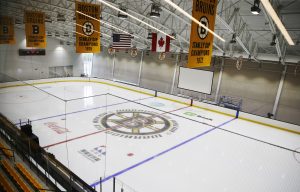 road to cars. The zone opened to the main spectator entrance of the stadium that allowed entry and dispersion. To make it even easier for the viewer to attend the games, the architects included a public transport stop to the zone. For the staff and other workers, the stadium has another entrance with an entryway to an underground garage for players.
road to cars. The zone opened to the main spectator entrance of the stadium that allowed entry and dispersion. To make it even easier for the viewer to attend the games, the architects included a public transport stop to the zone. For the staff and other workers, the stadium has another entrance with an entryway to an underground garage for players.
As a spectator enters, they go up the stairs to the first and second floor, which directly open to the ice rink and leisure area. The third floor is reserved for Sky-Boxes with a restaurant that gives a direct view of the arena and the outside. The topmost floor was designed for the staff of the stadium with offices for admin workers and the home-based sports club. Check here about the science behind in ice Hockey.
The beauty of the ice hockey stadium as designed by the architect firm is that they kept it true to its history, which is known as the home many famous hockey players. They not only brought back the old glory of the space but also included every modern facility and amenity possible. We hope this real example gave a concise idea about how much work and originality it takes when you consider an ice rink from the perspective of an architect.

